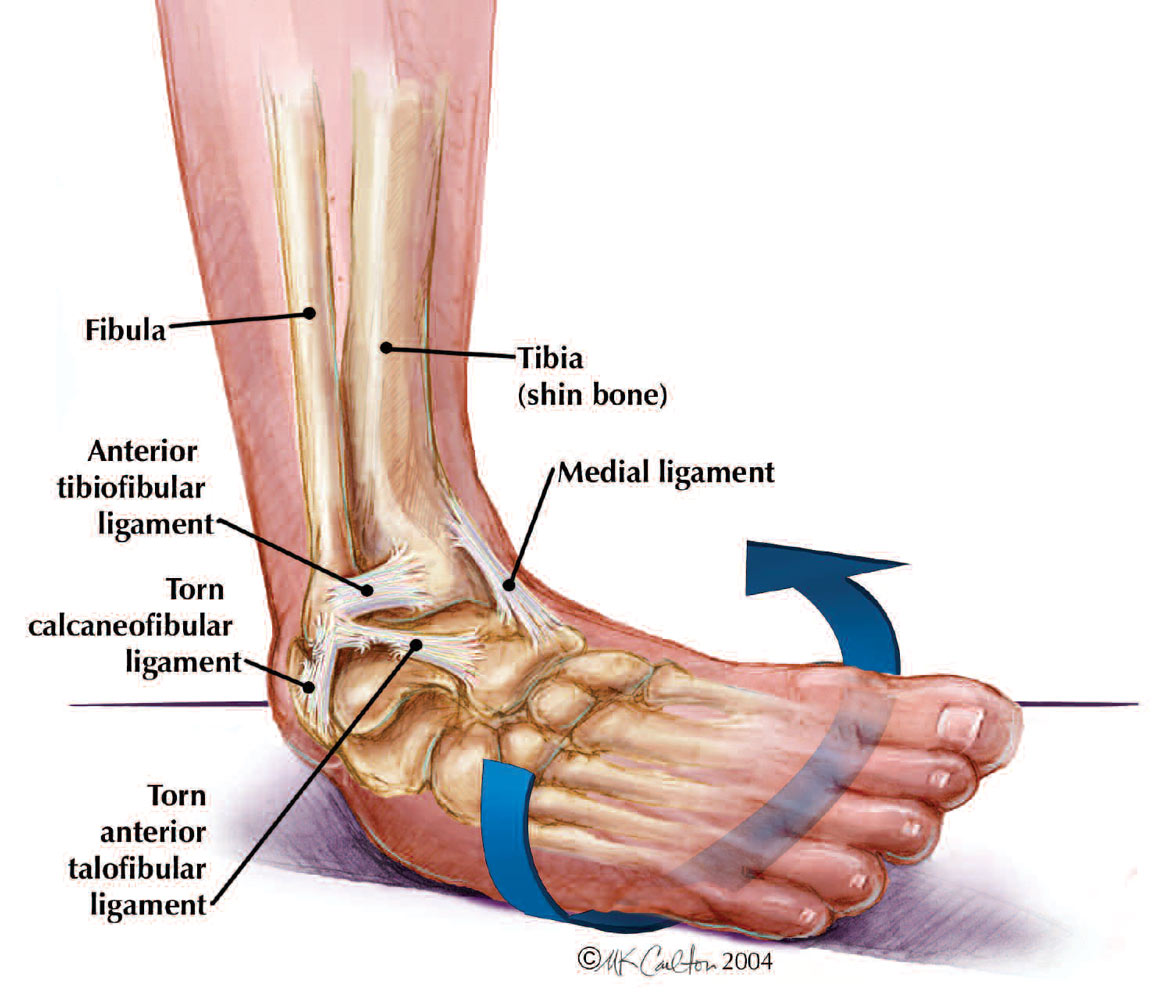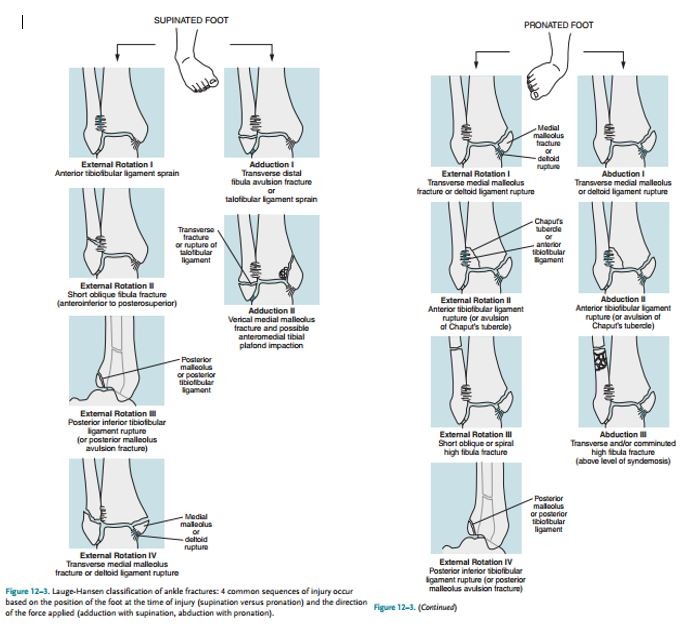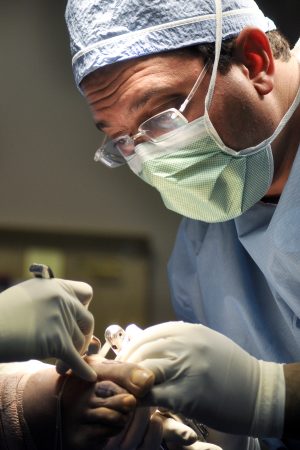
The Brodsky Classification is used to categorize different stages of Charcot arthropathy, a condition that involves progressive joint destruction and deformity, typically affecting the feet of individuals with neuropathy (nerve damage), often due to diabetes. This classification system helps healthcare professionals assess the severity of Charcot arthropathy and guide treatment decisions.
The Brodsky Classification for Charcot arthropathy consists of five stages:
Stage 0: Pre-Charcot: No visible deformity, but inflammation and edema may be present. The underlying bone may show increased density on X-rays.
Stage 1: Coalescence: Bone fragmentation and dislocation, often leading to a “mushroom-like” appearance of the joint on X-rays.
Stage 2: Reconstruction: Decrease in inflammation, with attempts at joint repair leading to sclerosis (hardening) of bone ends and remodeling.
Stage 3: Consolidation: Further healing and remodeling occur, leading to a more stable joint.
Stage 4: Reconstitution: Final healing and remodeling result in a stable, consolidated joint. However, deformities and chronic changes are often present.
Charcot arthropathy requires careful management to prevent complications such as joint destruction, ulcers, and infections. Treatment may involve immobilization, offloading, custom footwear, and in some cases, surgical intervention to correct deformities or address complications. Early detection and intervention are crucial to achieving the best outcomes in Charcot arthropathy.








